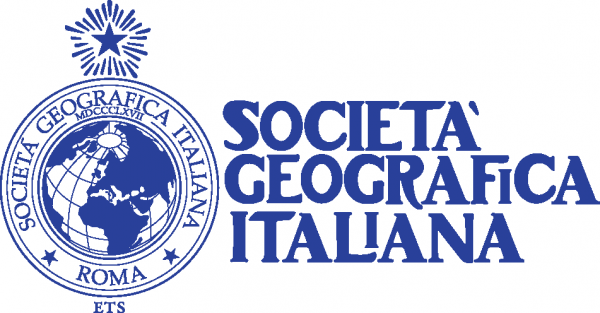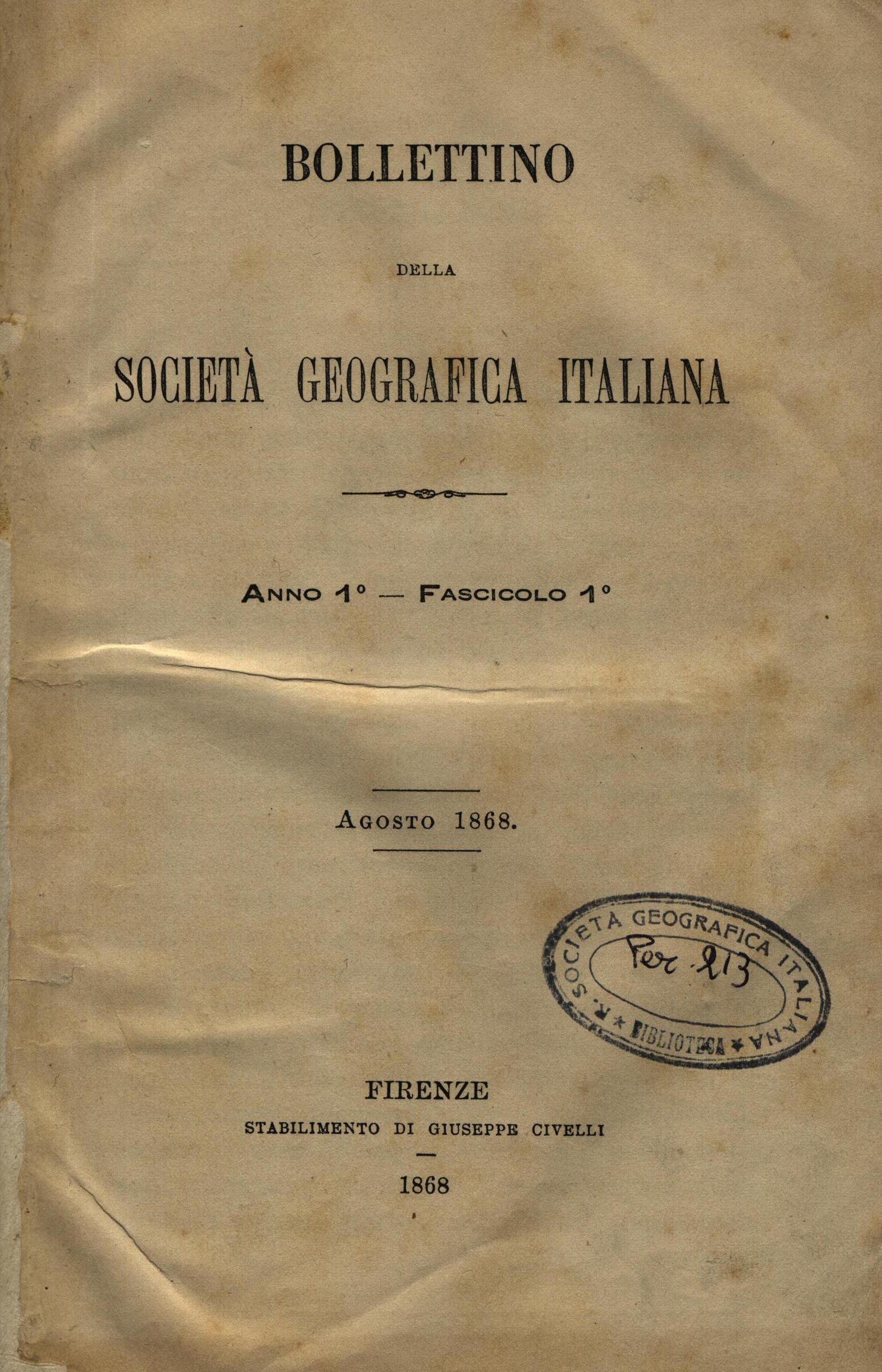“REPRESENTATION OF REPRESENTATIONS”: CAPITAL AS A MYTHOLOGY IN MOVEMENT
DOI:
https://doi.org/10.13128/bsgi.v8i3.417Abstract
In reading Seventeen Contradictions and the End of Capitalism by David Harvey, one thing is clear: through continuous transitions from one material form to another, capital ends up to create a geographical landscape favourable to its own reproduction: once productive landscapes are turned into industrial deserts, old farms are demolished or converted to new uses, small factories and peasant holdings are displaced by industrial agriculture on a large-scale, working-class neighbourhoods get gentrified; offices, iconic cultural buildings and shopping malls proliferate in the urban landscape.
But next to this, capital produces symbolic forms and intangibles landscape that consists in our mental concepts of the world and of our place in it: these forms are "representations of representations", e.g. social mythologies such as those studied by Roland Barthes in his Mythologies: the mythical image does not refer directly to things, but to another image. This is the reason why is so hard (but compelling) defuse the contradictions of capital, as in the case of Hong Kong.









